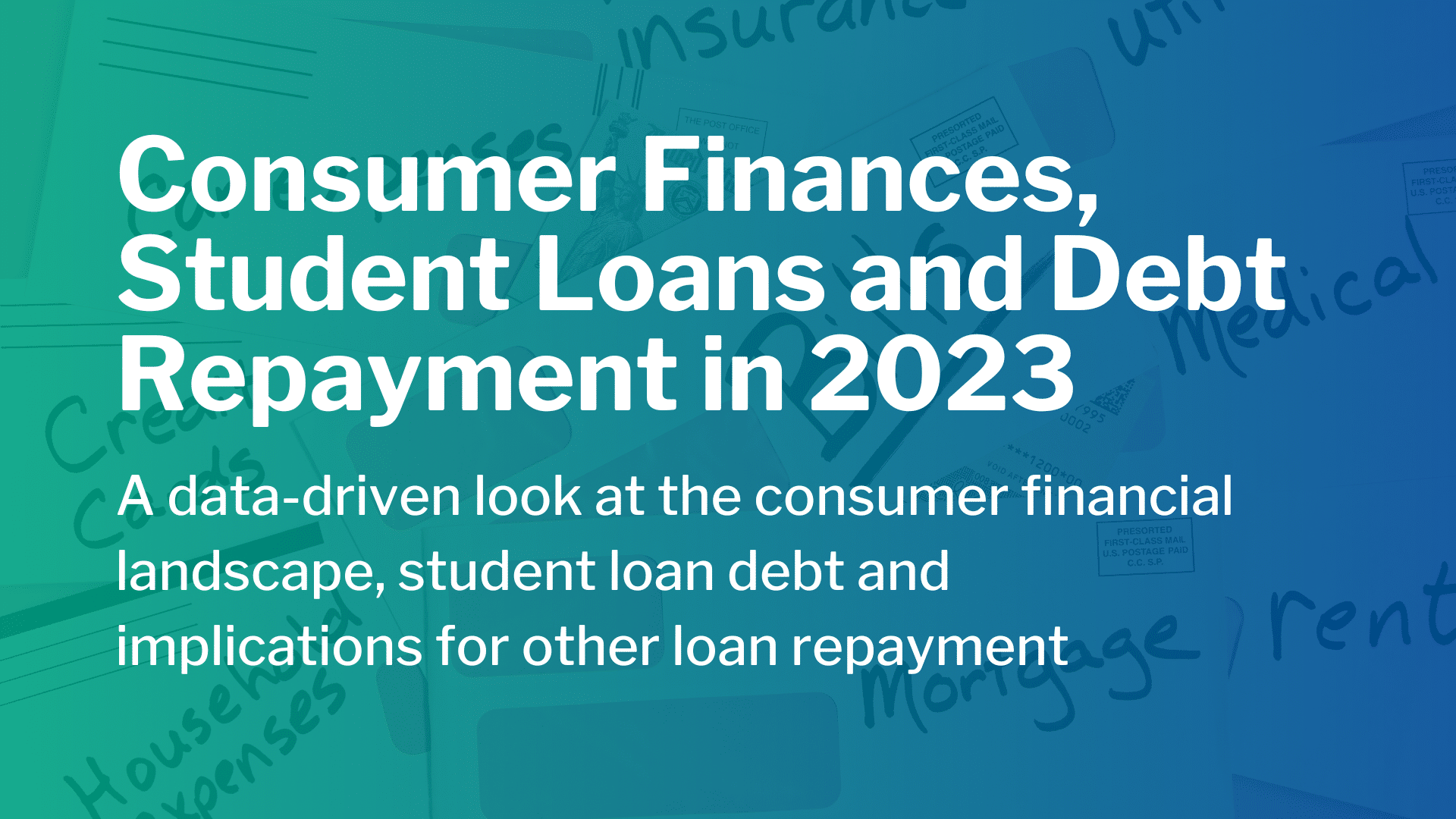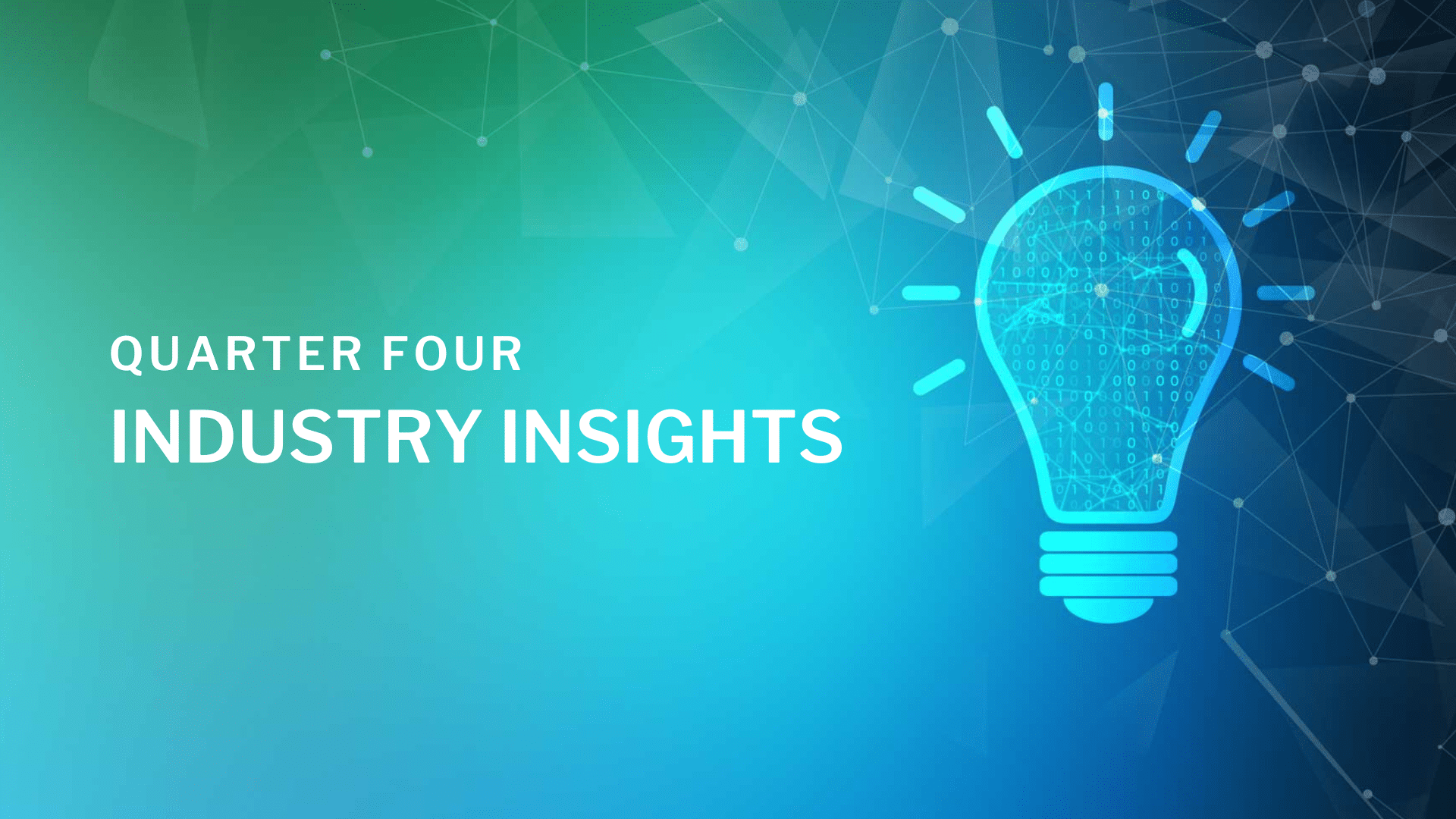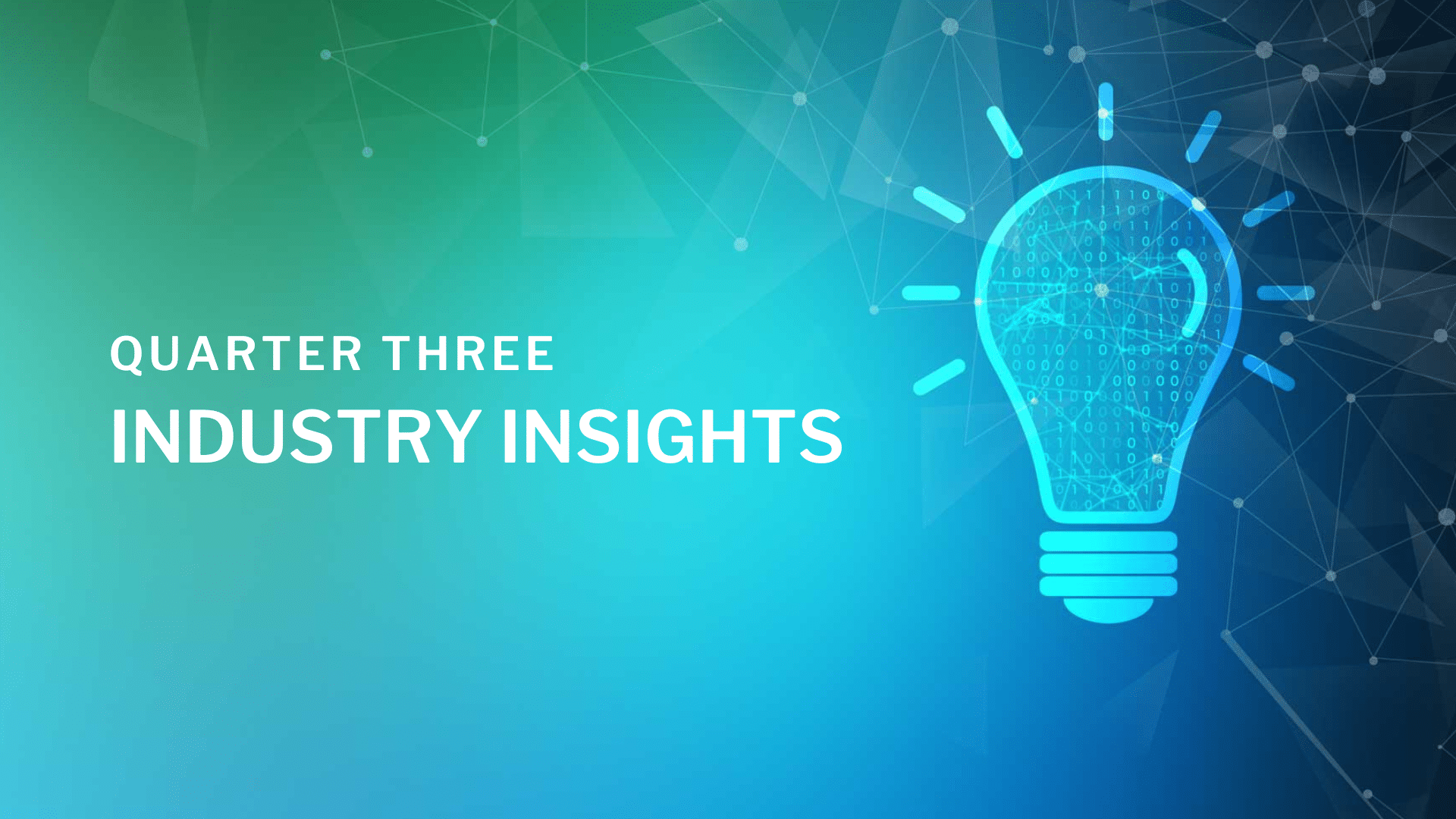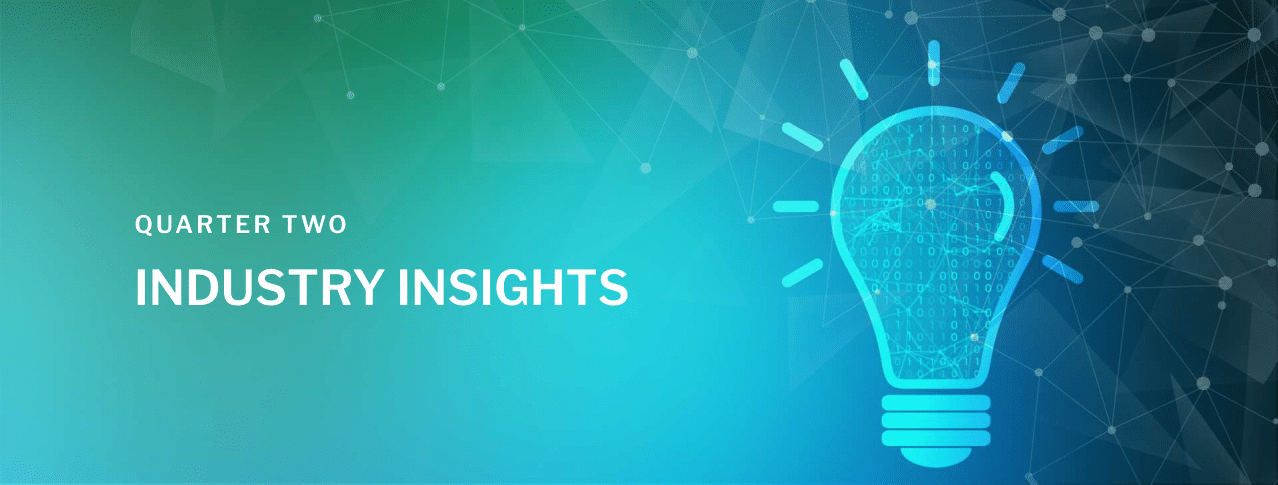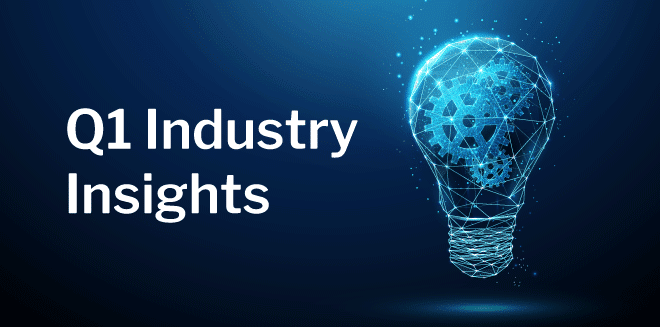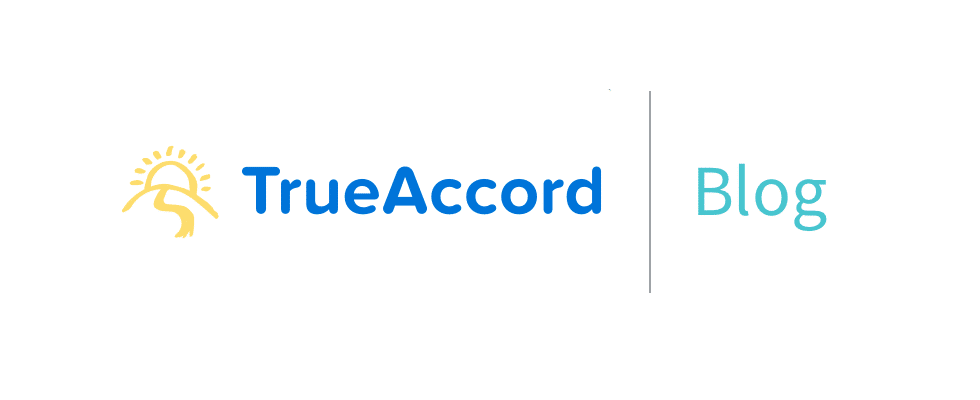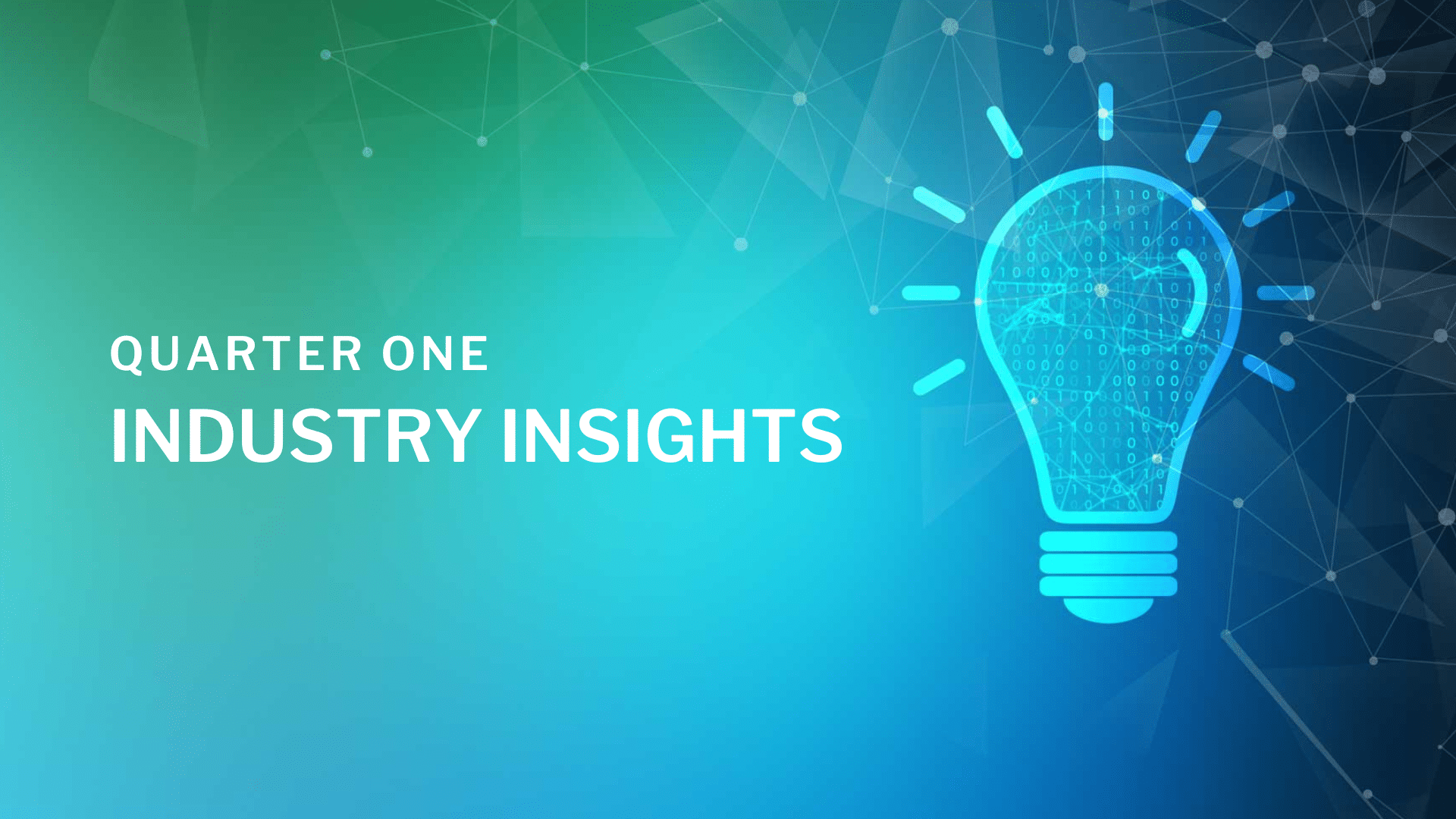
It’s tax season again, which can mean tax refunds for consumers that have historically been leveraged to stabilize finances or pay down debt. But with inflation and economic stressors persisting into the new year, many consumers are conflicted on their financial outlook and spending behavior is hard to predict. With uncertainties about how the end of various pandemic-era benefits will impact consumers, it’s more important than ever for creditors and collectors to implement strategies that consider consumer situations and preferences when attempting to collect.
Read on for our take on what’s impacting consumer finances and our industry, how consumers are reacting, and what else you should be considering as it relates to debt collection in 2023.
What’s Impacting Consumers and the Industry?
High inflation and interest rates persisted in the first quarter of 2023. While inflation eased for an eighth straight month in February at 6%, price increases rose sharply again on a monthly basis – prices grew 0.4% following a 0.5% increase in January, driven by higher gasoline and rent prices. In response, the Federal Reserve continued its battle against high inflation in March by raising its key interest rate by another .25% despite concerns around the turmoil that has shaken the banking system, landing it at 4.75-5%.
At the beginning of March, the federal government ended pandemic-era payments for low-income families on the Supplemental Nutrition Assistance Program (SNAP), causing nearly 30 million Americans to lose increased food stamp benefits. The extended payment boost was credited with keeping 4.2 million people out of poverty, with the average household expected to lose upwards of $95 per month in benefits with the program’s end.
In early Q2, another pandemic-era benefit around Medicaid will come to an end that will impact millions of consumers over the coming months. An estimated 15 million low-income Americans who were able to keep Medicaid coverage during the pandemic without needing to renew coverage or despite no longer qualifying will find themselves without health insurance. The Department of Health and Human Services estimates that in the end, more than 5 million children will have lost Medicaid, and predicts that Latino and Black beneficiaries will be disproportionately removed.
On the regulatory front, the Consumer Financial Protection Bureau (CFPB) hit the ground running for 2023 with new guidance on subscription fees, proposed rulemaking on non-bank company terms and conditions, and issued an annual report sizing up the three credit reporting companies. Directly impacting creditors and debt collectors, a January ruling from the District Court of Puerto Rico found that sending debt collection communications prior to any knowledge of a debtor’s bankruptcy filing is not a violation of the Fair Debt Collection Practices Act (FDCPA).
For businesses using pre-recorded messages to contact consumers, the Federal Communications Commission (FCC) published a new rule specifying that to be exempt from the Telephone Consumer Protection Act’s (TCPA) consent requirements, callers are limited to three pre-recorded non-commercial, non-telemarketing, or non-profit calls per 30 days, and would need to include an opportunity to opt out of prerecorded calls as part of the message. The final amended rule will go into effect on July 20, 2023.
Meanwhile, eyes are on the Big Apple as the New York Department of Financial Services (DFS) and the New York City Department of Consumer and Worker Protection are simultaneously engaged in amending their consumer debt collection rules. The DFS amendments would be an overhaul of its existing regulations and would include new debt types, while both amendments would introduce new disclosure requirements and additional restrictions on communications – specifically extending the existing requirement for direct consent to send email and text messages.
Key Indicators and a Heavyweight Court Decision
According to the New York Fed’s Quarterly Report on Household Debt and Credit, total household debt increased in the fourth quarter of 2022 by $394 billion (2.4%) to $16.90 trillion. Balances now stand $2.75 trillion higher than at the end of 2019, before the pandemic. In the same time period, the Federal Reserve reported that household net worth rose 2% to $147.71 trillion, driven by the value of equities holdings increasing $2.7 trillion offsetting a drop in real estate values by about $100 billion.
Consumers trying to make ends meet have continued turning to credit cards and other credit types to bridge the income to expense gap. According to the Federal Reserve Bank of New York, U.S. consumer credit card debt has increased to nearly $1 trillion. Credit card balances jumped more than $60 billion over Q4 2022, lifting the total amount of U.S. credit card debt to an all-time high of $986 billion, the report found. Home equity loans and lines of credit continue to be an attractive option to homeowners, though high interest rates may make opening a new account less appealing in 2023.
Diving deeper into credit cards, Experian’s March Ascend Market Insights report found that credit card balances, while slowing slightly from previous months as seasonally expected, were up 18.8% year over year in February 2023. Additionally, the report found that there were 7.2% more open credit cards in February than there were a year prior. These balances and new cards coincide with an increase in interest rates, raising the stakes for delinquent accounts. According to a January 2023 Bankrate survey, 35% of Americans carry credit card debt from month to month, up 6% from 2022.
And delinquency is trending. Experian also reports that early-stage delinquency is nearing or exceeding pre-pandemic levels for most credit products, with exceptions for first and second mortgages, Home Equity Lines of Credit and student loans. 30+ day past due accounts showed a 2.12% increase month over month in February, while 90+ days past due unit delinquencies for auto loans and personal loans are higher than they were in 2019. Additionally, roll rates show 1.06% of consumer accounts rolled into higher stages of delinquency in February. Revolving credit utilization continues to slowly increase, as well. The same month, 63% of consumers had utilized 20% or less of their revolving limits, while 21% of consumers had utilization of 60% or more.
The student loan forgiveness debate continues into 2023 as the nearly 19% of Americans with student loans wait to see how the case shakes out with the Supreme Court. If successful, many consumers will see their overall debt burden decrease. If unsuccessful, those consumers will see no reduction in their debt and will be responsible for resuming payments that were deferred or went into forbearance during the pandemic. A ruling is expected sometime in Q2 2023.
While student loan delinquency rates have been almost nonexistent since payments were paused, the delinquencies in mortgages, auto loans and credit cards have been trending back to pre-pandemic levels, which doesn’t bode well for student loan holders with other debts. When student loan payments resume, consumers will have to prioritize debt repayment, leading to higher delinquency rates for other debt types. For a data-driven look into this topic, read our latest report, “Consumer Finances, Student Loans and Debt Repayment in 2023”.
Consumers Sending Mixed Signals About Finances
As the cost of living remains high, 62% of Americans said they are living paycheck to paycheck in February, up from 60% the month prior, according to the latest Paycheck to Paycheck Report from PYMNTS.com and LendingClub. According to Deloitte’s State of the Consumer Tracker, consumers are feeling slightly more optimistic about their personal finances and the direction of the economy, but are also signaling stronger intentions to save versus spend.
But Bankrate’s 2023 Annual Emergency Savings Report shows that growing debt is hurting consumers’ ability to save, with 36% of Americans reporting having more credit card debt than emergency savings, the highest on record since 2011. The report shows that consumer concern about finances is high, with 68% of people surveyed worried they wouldn’t be able to cover their living expenses for one month without their primary source of income, including 85% of Gen Zers — the most concerned of any generation. Unsurprisingly, 74% surveyed said economic factors, inflation and changes in income and employment are causing them to save less right now.
What Does This Mean for Debt Collection?
So far in 2023, the economic landscape isn’t cutting consumers any breaks. With persistently high inflation and interest rates, the impending threat of a recession and a number of pandemic-era benefits coming to an end, consumer finances will likely be impacted and stretched in myriad ways this year. For lenders or collectors engaging with distressed borrowers, here are a few things to keep in mind:
1. Meet consumers where they are, compliantly. While regulations and compliance impacted both phone calls and digital channels in some way in 2022, our takeaway is that a one-size-fits-all approach to debt collection communication won’t work at scale in 2023. By using an omnichannel approach, collectors are more likely to engage a customer on their preferred channel and open the door for engagement. For a closer look at what using an omnichannel approach means in debt collection, check out our latest eBook.
2. Give consumers agency to engage on their own time. What do emails and online payment portals have in common? Consumers get to decide when and where they use them. Just because a call center operates from 9-5, doesn’t mean consumers do. Remember that everyone’s situation is different, including when they can (or want) to address their debt.
3. Give consumers flexibility on repayment time and terms. Higher monthly financial obligations make it harder for consumers to absorb unexpected expenses or carve out funds for debt repayment. Patience will be key in engaging distressed borrowers – give them payment plan options for when and how much they repay, which could mean smaller payments, shifting payments to align with their cash flow schedule or skipping a payment without penalty so they can get back on track.
